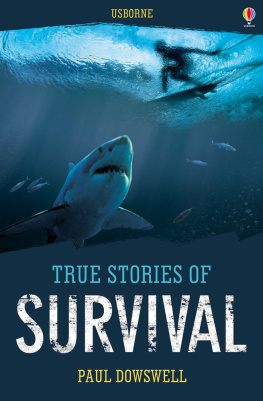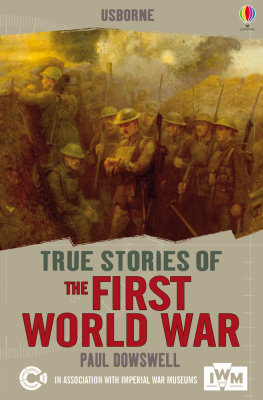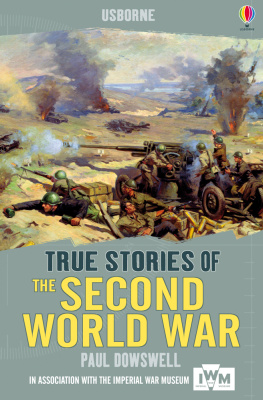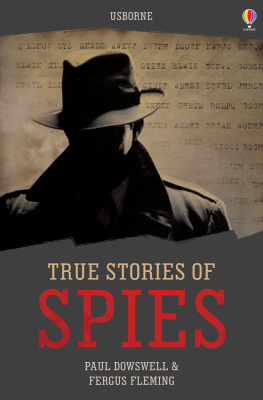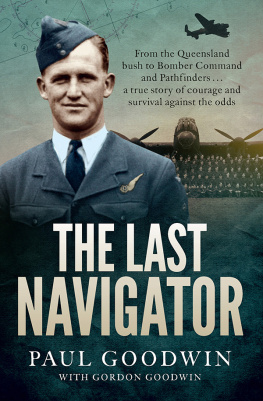Paul Dowswell - Survival
Here you can read online Paul Dowswell - Survival full text of the book (entire story) in english for free. Download pdf and epub, get meaning, cover and reviews about this ebook. year: 2013, publisher: Usborne Publishing Ltd, genre: Detective and thriller. Description of the work, (preface) as well as reviews are available. Best literature library LitArk.com created for fans of good reading and offers a wide selection of genres:
Romance novel
Science fiction
Adventure
Detective
Science
History
Home and family
Prose
Art
Politics
Computer
Non-fiction
Religion
Business
Children
Humor
Choose a favorite category and find really read worthwhile books. Enjoy immersion in the world of imagination, feel the emotions of the characters or learn something new for yourself, make an fascinating discovery.
- Book:Survival
- Author:
- Publisher:Usborne Publishing Ltd
- Genre:
- Year:2013
- Rating:5 / 5
- Favourites:Add to favourites
- Your mark:
- 100
- 1
- 2
- 3
- 4
- 5
Survival: summary, description and annotation
We offer to read an annotation, description, summary or preface (depends on what the author of the book "Survival" wrote himself). If you haven't found the necessary information about the book — write in the comments, we will try to find it.
Survival — read online for free the complete book (whole text) full work
Below is the text of the book, divided by pages. System saving the place of the last page read, allows you to conveniently read the book "Survival" online for free, without having to search again every time where you left off. Put a bookmark, and you can go to the page where you finished reading at any time.
Font size:
Interval:
Bookmark:

From shark attacks and blazing airships to exploding spacecraft and sinking submarines, these are real stories of people who have stared death in the face and lived to tell the tale. Find out what separates the living from the dead when catastrophe strikes.

Just off the coast of New Hampshire, USA, the submarine Squalus (pronounced Skway-lus) sailed briskly along the surface of the Atlantic Ocean. It was 8:40am, on May 23, 1939. Brand new, Squalus was undergoing sea-trials before she was delivered to the US Navy.
As she cut through the choppy sea, her captain, 35-year-old Lieutenant Oliver Naquin, stood face to the wind and spray on the conning tower. The previous 19 test dives he had carried out with his ship had all gone to plan, but the next procedure would test both the 56 men in his crew, and their vessel, to the limit. Squalus was about to carry out a practice crash-dive, an emergency procedure where a submarine under attack on the surface submerges as quickly as possible.
Naquin called down to his radio operator, ordering him to report their position to the submarines home port of Portsmouth, New Hampshire. When he was satisfied all was well, he took one final breath of salty sea air then hit a button on the bridge which sounded the crash dive alarm. As a klaxon reverberated around the narrow ship, he hurried below to the control room, closing the upper and lower tower hatches as he climbed down into the depths of the submarine.
Inside the control room, men stood alert by dials and instruments, immersed in the intricate sequence of events that would take his submarine smoothly under the water.
Naquin called out a series of well-rehearsed commands:
Secure all vents.
Rig sub for diving.
Flood main ballast tanks one and two.
Open valves bow buoyancy tanks.
Main tanks three to seven stand by.
Everything was going like clockwork. Standing next to Naquin was his chief officer Lieutenant Walter Doyle. His eyes were glued to an instrument panel known as the Christmas tree. As all outside vents and hatches were closed, a set of indicator lights changed from red to green to show that the ship was sealed against the sea.
Naquin caught Doyles eye and smiled briskly. The ships ballast tanks rapidly filled with water, and Squalus swiftly sank to 15m (50ft). On the surface, less than a minute after Naquin had sounded the alarm, all was calm. It was as if the submarine had never been there.
Squalus settled underwater and Naquin and Doyle congratulated themselves on a successful operation. But then a strange fluttering in Naquins ears made him startle, and he realized immediately that something terrible was happening to his ship.
An instant later, a terrified sailor looked up from an intercom and shouted, The engine room is flooding! Naquin gave the order to surface immediately. Compressed air hissed into the flooded ballast tanks and the stricken submarine began to rise. Her bow broke the surface, but tons of water were now cascading into the rear of the ship. The weight in her stern dragged her sharply down, and Squalus was swallowed by the sea.
Inside was mayhem. In flickering light, tools, fittings, even torpedoes, unhinged by the steep angle of the dive, rained down on hapless sailors. Those who had not anchored themselves in a secure perch, tumbled along the ship and into bulkheads that separated each compartment. In the flooding rear section of the submarine, soaking men struggled to escape before heavy, steel, watertight doors were slammed shut to block off the rising torrent.
Sea water now rushed into the network of interconnecting pipes that ran throughout the submarine, and jets of water spurted over men and equipment from bow to stern. Along the length of the ship, the crew struggled desperately to seal air and communication pipes.
As Squalus sank, another catastrophe threatened to destroy the ship before it even hit the bottom. In the forward battery room, ranks of batteries, which powered the vessel when she was underwater, were threatening to explode and blow the submarine to fragments.
Acrid blue sheets of flame flashed across the room, and spitting white arcs of electricity crackled from terminal to terminal. With extraordinary courage, chief electrician Lawrence Gainor thrust his arm into the guts of the submarines electrical machinery and shut off the power supply. One disaster at least had been averted, but now Squalus had been plunged into complete darkness.
With the lights off and the contents of the submarine beginning to settle, Squalus continued to drift to the sea bottom in eerie silence. Inside, each man, alone in his black topsy-turvy world, waited dumbfounded for the impact to come. Every one of the crew, from Naquin downward, could only pray that when their ship hit the ocean floor it would not split open like a bursting balloon.

Four minutes passed before Squalus hit the bottom with a jarring thud. But the hull held firm. This much they had survived. When the ship had settled, several flashlights were brought out, and small cones of light pierced the pitch dark. Naquin and Doyle began to take stock of the situation. Water had entered via an open air vent to the engine room. Their Christmas tree had indicated that all vents were closed to the sea, so a fault must have developed in both the vents closing mechanism, and the indicator light.
That much was obvious. But who of the crew was still left alive? In the ghostly glow of a flashlight, Charles Kuney, who manned the control room intercom, tried to contact all sections of the submarine. His calls to the rear of the ship met with an ominous silence.
It gradually became clear that all compartments behind the control room were now flooded, and the 26 men normally stationed in the aft battery room and both engine rooms must have been trapped and drowned. In the forward section, 33 men remained alive. Some were bruised and bleeding, but none were seriously injured.
Things could be worse, thought Naquin to himself. But one thought was bothering him immensely. He knew the only thing they could do was wait to be rescued. But the control room depth gauge showed that they were 73m (240ft) below the surface. No submarine crew had ever before been rescued from this far beneath the sea.
Naquin tried to dismiss such thoughts, and immediately instructed his crew to release emergency flares, which floated to the surface and then launched themselves into the air. A marker buoy was also sent up from the submarine, with a telephone link to enable any rescuers to communicate with the crew. It carried a sign saying:
Submarine sunk here.
Telephone inside.
If the marker buoy or flares were not spotted, the navy authorities would soon know something was wrong. Squalus was due to report back to base at her next scheduled call in at 9:40 that morning.
The most immediate problem the crew faced was suffocation. Not only did they need a supply of air to breathe, but there was also the danger of asphyxiation by poisonous carbon dioxide gas, which each man produced with every exhaled breath.
The ships batteries presented another lethal danger. Chemicals inside them could react with sea water to produce deadly chlorine gas, and water inside the hull was slowly rising all the time.
Font size:
Interval:
Bookmark:
Similar books «Survival»
Look at similar books to Survival. We have selected literature similar in name and meaning in the hope of providing readers with more options to find new, interesting, not yet read works.
Discussion, reviews of the book Survival and just readers' own opinions. Leave your comments, write what you think about the work, its meaning or the main characters. Specify what exactly you liked and what you didn't like, and why you think so.

